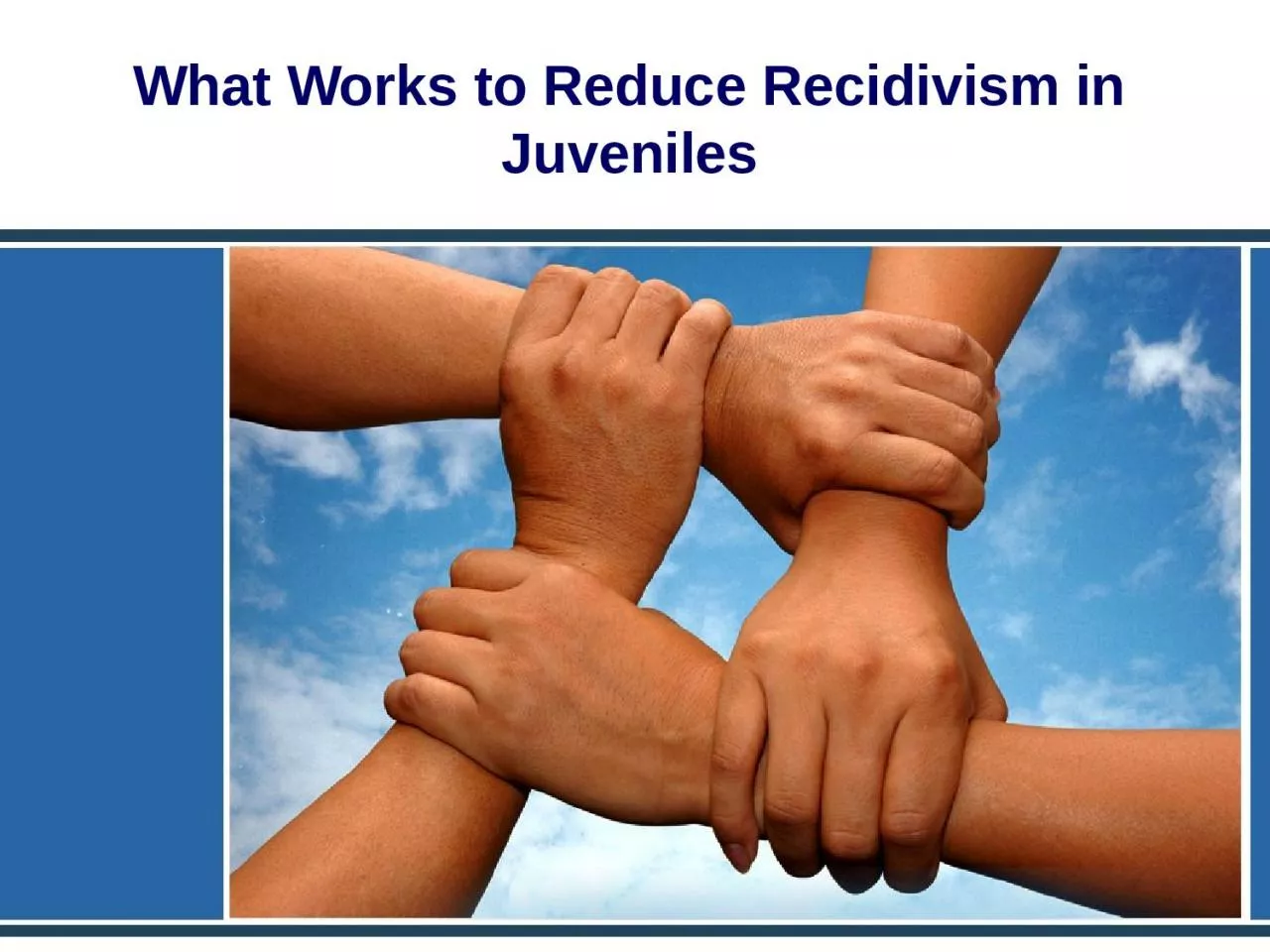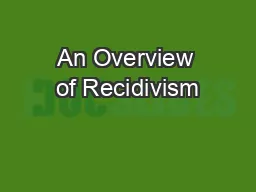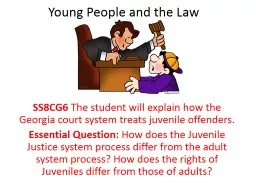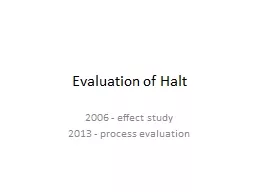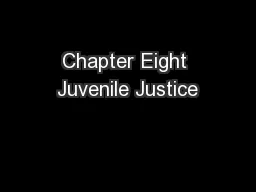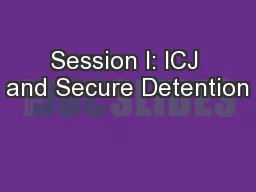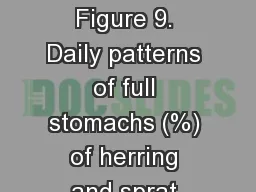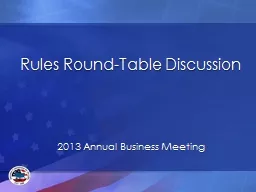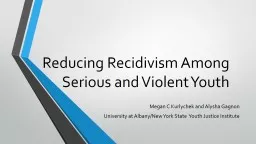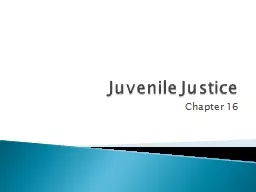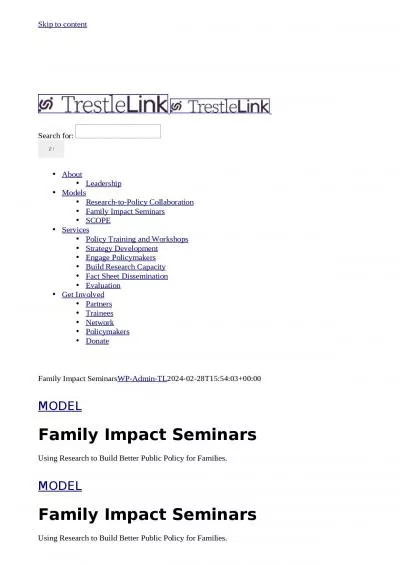PPT-What Works to Reduce Recidivism in Juveniles
Author : megan | Published Date : 2023-12-30
How Did We Get Here Levels of Research Lowest level of evidence Anecdotal evidence Gut feeling Highest level of evidence Empirical evidence data based Need to examine
Presentation Embed Code
Download Presentation
Download Presentation The PPT/PDF document "What Works to Reduce Recidivism in Juven..." is the property of its rightful owner. Permission is granted to download and print the materials on this website for personal, non-commercial use only, and to display it on your personal computer provided you do not modify the materials and that you retain all copyright notices contained in the materials. By downloading content from our website, you accept the terms of this agreement.
What Works to Reduce Recidivism in Juveniles: Transcript
Download Rules Of Document
"What Works to Reduce Recidivism in Juveniles"The content belongs to its owner. You may download and print it for personal use, without modification, and keep all copyright notices. By downloading, you agree to these terms.
Related Documents

